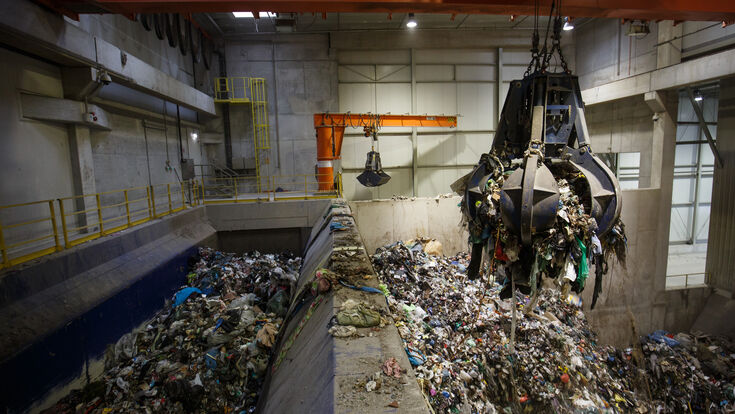Bioplastic made more sustainable : Seaweed: The answer to the plastic crisis?

In coming years, seaweed may revolutionise the packaging industry as we know it. Researchers and scientists in Norway and Indonesia have taken big strides with regards to developing seaweed-based packaging, eschewing the need for plastic.
Nory Mulyono, head of the Food Technology Department at the Atma Jaya Catholic University of Indonesia, has been working on the concept for the past 10 years. The scientist, who is also co-founder and chief of research and development at Evoware, a sustainable packaging start-up, created the company’s bespoke red algae packaging. It can last up to two years and is also edible. So far, 200 companies across the food, cosmetics and textile industry have been testing said product.
Similarly, stakeholders in Europe have started pooling their know-how and their experiences in order to develop their own seaweed-based packaging.
British start-up Notpla has developed a range of food and drink packaging that uses seaweed as its base.
Referred to as Oohos, these are flexible packages for beverages and sauces with a capacity ranging from 10 to 100 ml. These packages can also be eaten as well as disposed of in your regular household rubbish, being set to degrade in a natural environment within 6 weeks.
Last used during the 2019 London marathon, Notpla envisaged these seaweed-based solutions to be used on an individual, case by case basis rather than as an attempt to wholly replace plastic as an all-for-one solution. As such, the company has partnered with Unilever in order to test the concept of edible sauce sachets.
Co-Founder of Notpla, Pierre Paslier said: “Takeaway sauce sachets are one of the hardest single use plastics to deal with. They’re easy to litter and have low residual value which limits the recycling potential.” Notpla’s ketchup sachets, in the end, were able to reduce CO2 emissions by 68% compared to plastic ones.
Seaweed used by Notpla for its products derives from a mix of farming and wild harvesting. The brown algae which is used comes from farms with good sustainability credentials while the harvesting of wild seaweed is conducted in a way that helps preserve individual marine environments.
Suitability for packaging
As bioplastics go, seaweed makes for one of the best alternatives to conventional plastic packaging.
Seeing as its cultivation is not based on land-sourced materials, it does not give any fodder to the usual dispute on carbon emissions. Also, seaweed does not require the use of fertilizers. It serves to restore the health of its immediate marine ecosystem and is not only biodegradable but also home compostable, meaning it does not need to be broken down via chemical reaction in an industrial facility.
